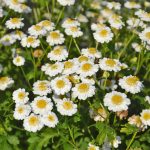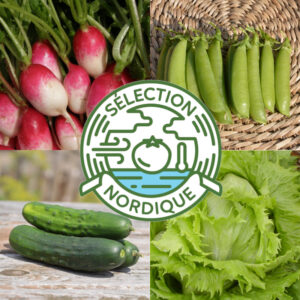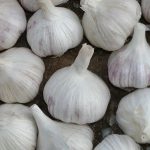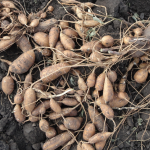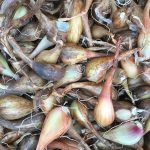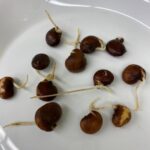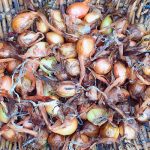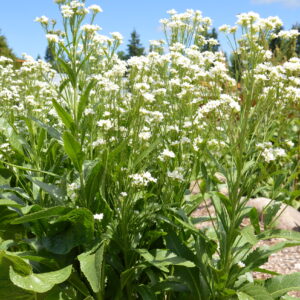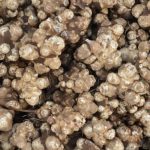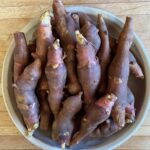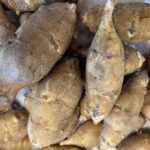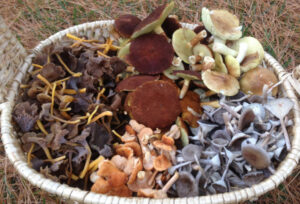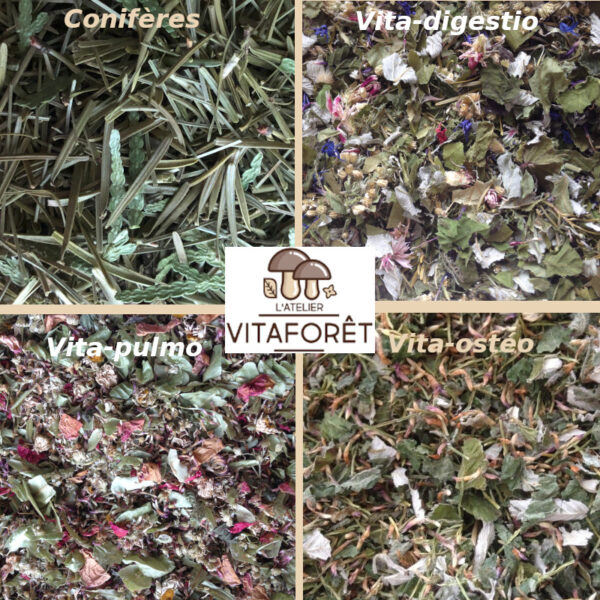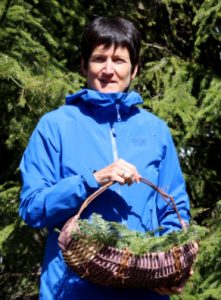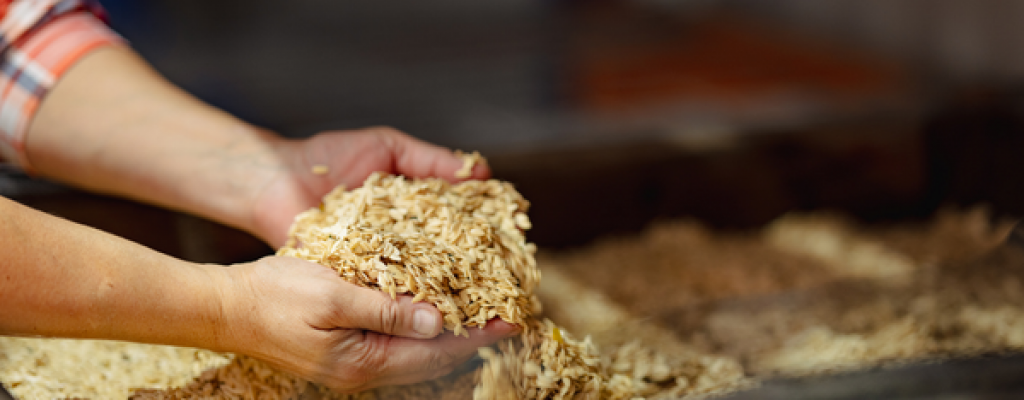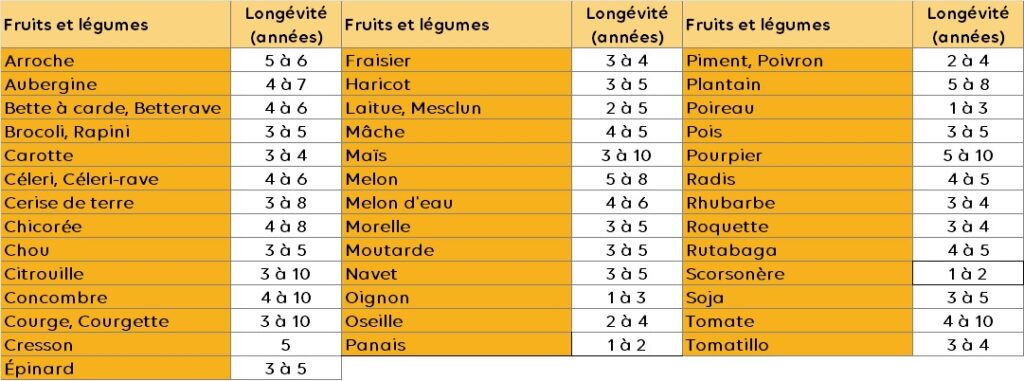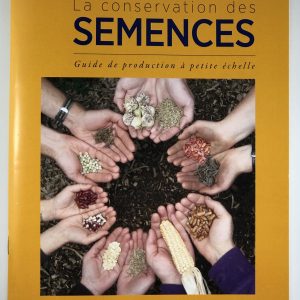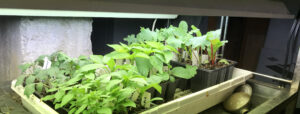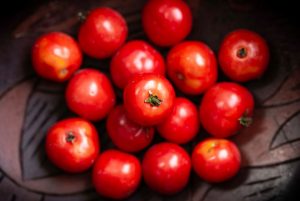When we approach the question of longevity and conservation of seeds, we must distinguish between these notions: germination duration, germination capacity and conservation conditions.
Duration and germination capacity
Also known as germination or lifespan, this is the number of years that seeds are viable. For example, as shown in table below, it is 1 to 3 years for onions and 4 to 10 years for tomatoes.
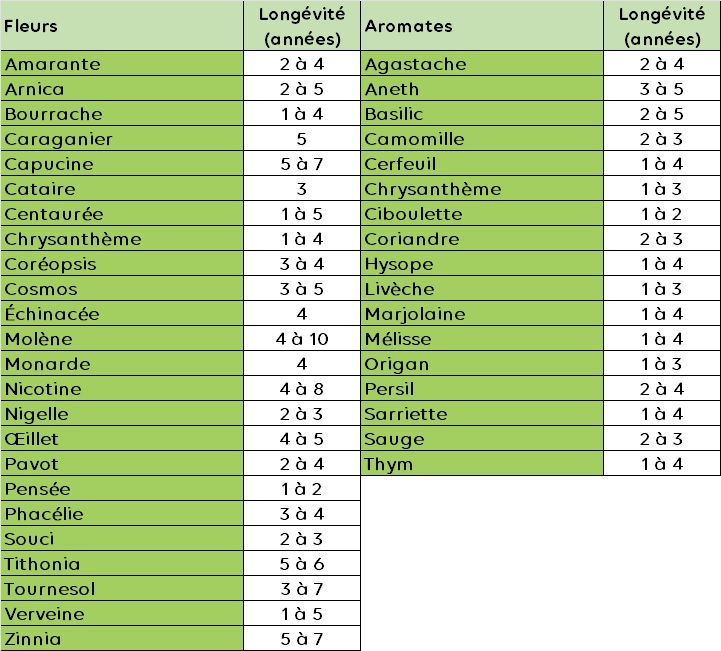

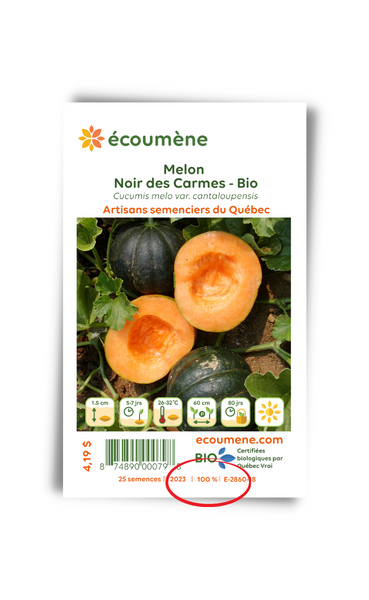
After this date, the germination rate, or the number of seeds that germinate after being sown, decreases more or less significantly. Germinability, or the number of seeds in a bag that germinate, is expressed as a percentage. This is indicated on the sachets sold by Jardins de l'écoumène.
Good storage conditions
In fact, they are quite simple. The seeds are stored in a dry, cool place and protected from light. It may seem that the advice to find a place that is both dry and cool is contradictory. In reality, there must be a little humidity so that the seeds do not dry out and an atmosphere that is still dry enough so that they do not germinate. The absence of light keeps seeds in a dormant state.
What container?
The seed packets which have previously been carefully closed are placed in glass jars which must be closed as tightly as possible in order to block the entry of humidity. For greater safety, if they are made of clear glass, place the jars in a wrapping paper bag or cardboard box to protect them from light.
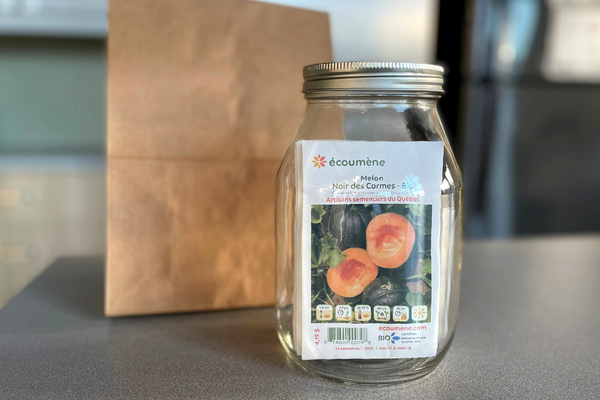
The seed packets which have previously been carefully closed are placed in glass jars which must be closed as tightly as possible in order to block the entry of humidity. For greater safety, if they are made of clear glass, place the jars in a wrapping paper bag or cardboard box to protect them from light.
Be careful, plastic containers are not sufficiently moisture-proof and are more or less transparent. They are therefore not recommended.
If you have to open a container, make sure you do it in a dry place so that humid air does not infiltrate.
Fridge or freezer?
Both options are possible. However, in both cases, the seeds must be kept in tightly sealed containers that will not allow humidity, which is very present in these devices, to enter. We therefore recommend placing them in glass jars that are as airtight as possible, which will cut off the light since we regularly open the doors of this equipment.
Placed in the refrigerator, and provided they are in good conditions, the seeds will see their life expectancy double compared to those stored at room temperature. In a freezer, their lifespan is even longer because the cold slows down the consumption of nutrients.
Since 2008, on the island of Spitsbergen in Norway, located 1 kilometers from the North Pole, the Svalbard World Seed Vault has been a huge natural underground freezer into which scientists have placed seeds of all species and varieties of crops food crops of the planet in order to preserve global genetic diversity.
Do a germination test
When you are not sure of the germination capacity of your seeds, you can carry out a germination test. The procedure is as follows:
- Place 10 seeds on an absorbent paper towel, then fold the paper to cover the seeds and moisten it;
- Confine everything in an airtight zippered plastic bag and place it in a warm place;
- From the third day, check if the seeds have germinated. Depending on the species, germination can take between 3 and 21 days. Be careful, the seeds do not all germinate at the same time.
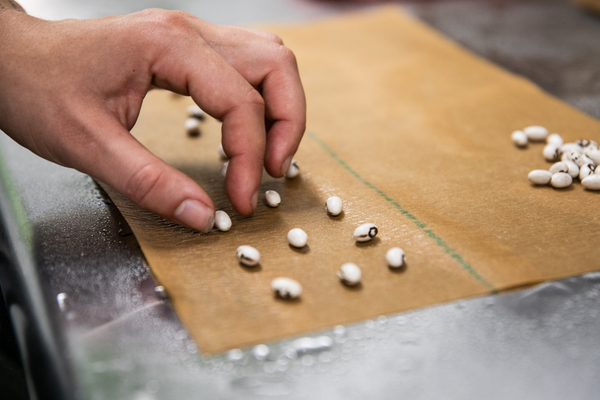
The interpretation of the results is as follows:
- Between 8 and 10 seeds emerge: the germination rate is more than 80%, which is the case for the vast majority of seeds sold by Jardins de l'écoumène;
- Between 7 and 8 seeds: the rate is greater than 70%, sow normally;
- Between 5 and 6 seeds: the rate is greater than 50%, we then sow twice as densely;
- With 4 or fewer seeds germinating, order new seeds.


